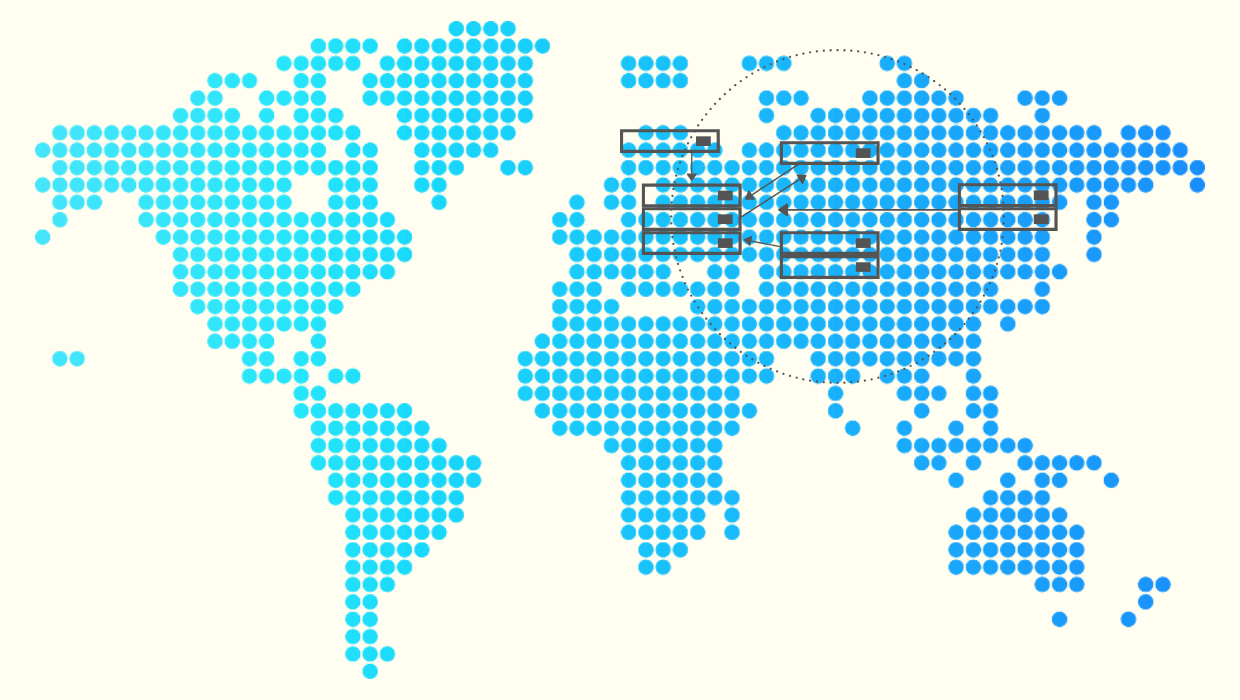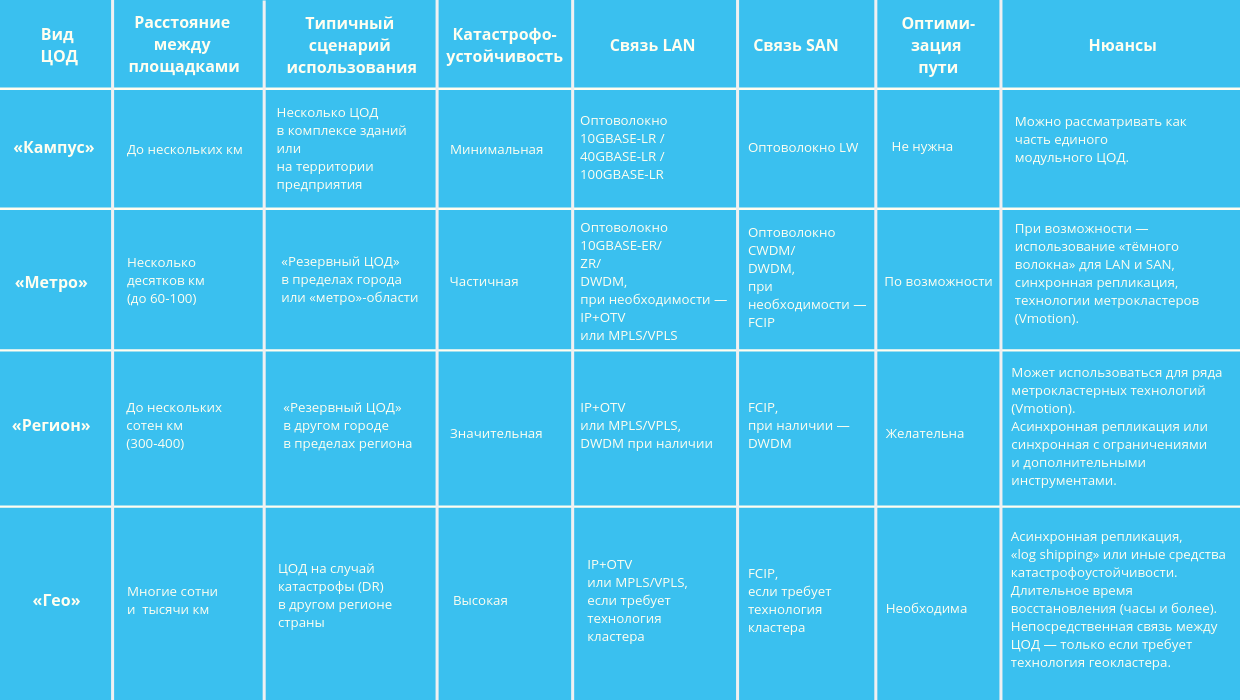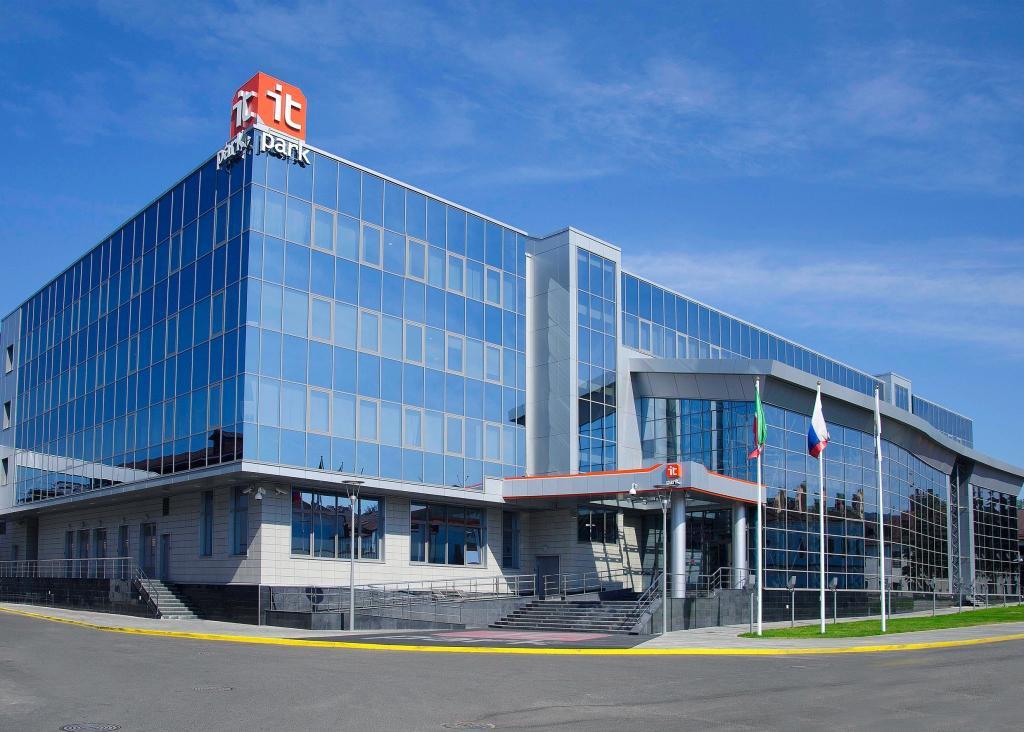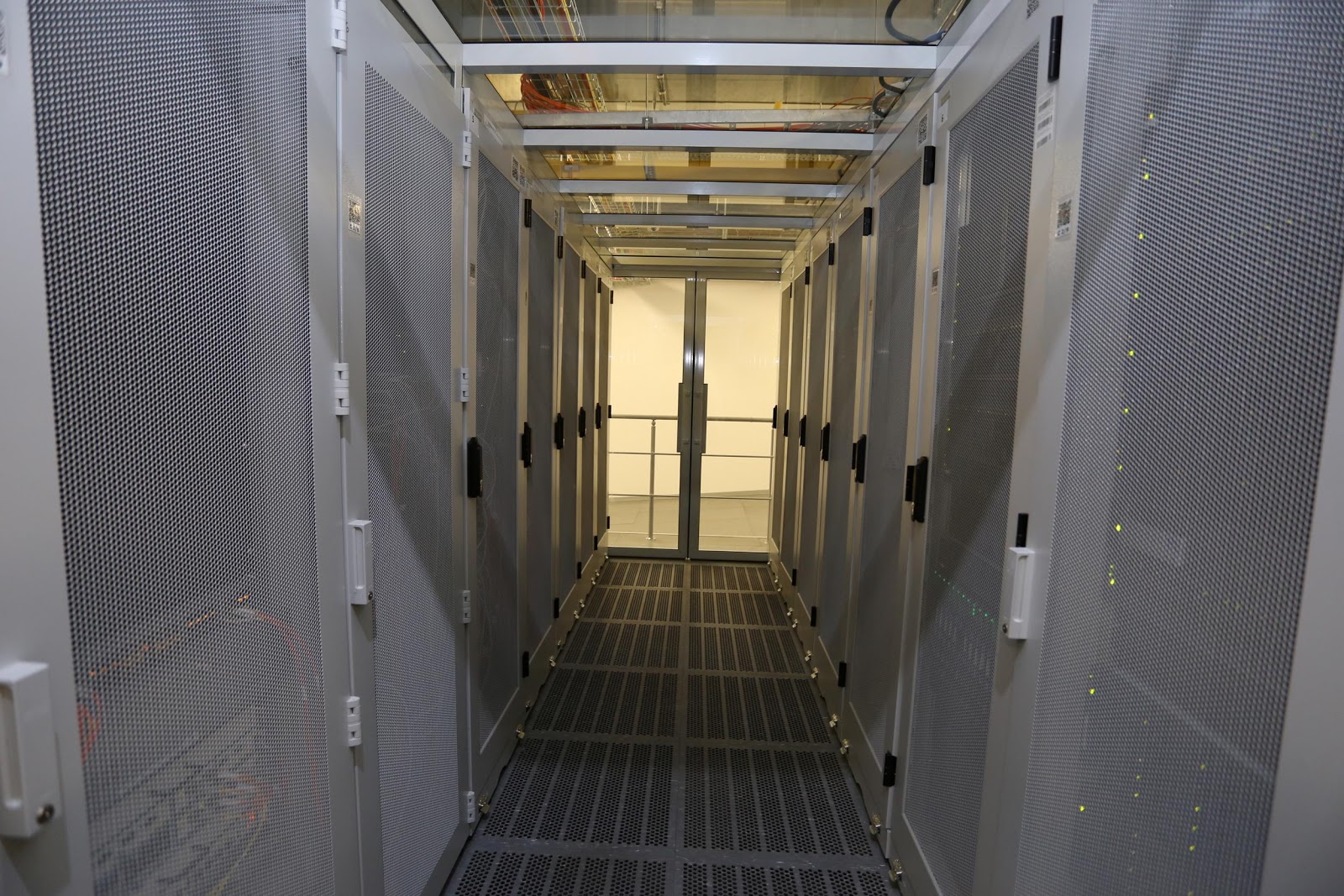Something about distributed data centers for business

The other day the Internet has turned 30 years old. During this time, information-digital business needs have grown to such an extent that today we are no longer talking about a corporate server or even about the need to be located in a data center, but about renting a whole network of data processing centers with a concomitant set of services. Moreover, it is not only about global projects with big data (the giants have their own data centers), but even medium-sized companies with frequent updating of their base positions (for example, online stores) and services with high-speed data exchange (for example, banks).
Why does business need a distributed data center system?
Such a system is IT-systems, geographically-distributed according to the principle: the main data center and regional data centers. They are initially completed taking into account possible information flows and business processes of modern developing companies and ensure the continuity of these flows and processes.
▍Why distributed?
First, because of the risk of beating all the eggs laid in one basket. Fault-tolerant solutions are now in demand, which are capable of ensuring absolutely uninterrupted operation of corporate applications, services and websites in any conditions. Even at the end of the world. Such computing infrastructures should not only keep the data qualitatively, but also minimize the downtime of the company's IT services (read: business) and during an epidemic of blockages by Roskomnadzor, and in natural disasters, and in a real man-made disaster, and in any other force majeure . Not without reason, these solutions are called Disaster Recovery.
To do this, the sites of computer complexes operating for a company must be removed from each other at a safe distance according to a certain scheme (see the table and illustration below). If necessary, a disaster recovery plan (DR-Plan) and automatic transfer of customer services to another network site using fault-tolerant methods and software solutions that are optimal for each case (data replication, backup, etc.) are used.
')
Secondly, to improve performance. In normal mode (not force majeure, but with peak loads), distributed data centers are designed to increase company productivity and minimize information losses (for example, during DDoS attacks). Here, load balancing complexes between computational nodes are included: the load is redistributed evenly, and in the event of failure of one of the nodes, other functions of the complex will take over its functions.
Thirdly, for effective work of remote branches. For companies with multiple divisions, the solutions of centralized storage and processing of information with geographically distributed replication are applied. Each branch can work with its data volume, which will be consolidated into a single database of the central office. In turn, changes in the central database are reflected in the bases of the units.
▍ Structure of distributed data centers
Geographically distributed data centers are divided into four types. For an external user, they look like a single system: management takes place through a single interface of services and support.


Geographically Distributed Data Centers
▍The goals for which the business needs distributed data centers:
Continuity of data processing. Uninterrupted operation is required to solve the inevitable technical problems without stopping business processes, even if some communication channels and a significant part of the system fail. By the way, the ability of the system to perform its functions during the scheduled time, taking into account the average time index of safe operation and terms for recovery ( Recovery Time Objective ), determines the level of reliability of the data center. In total there are four levels: TIER1, TIER2, TIER3, TIER4; the higher the rate, the more reliable the equipment of the center and the higher the standard of its entire infrastructure.
Increase productivity, capacity. If necessary (peak loads) - the ability to increase capacity and increase the efficiency of backup data centers due to the effect of scale: maximum use of computing resources of the entire distributed system. Scalability provides flexible computing capabilities on demand due to dynamic configuration.
Disaster. Provided by reserving computing power at a remote site. The performance of the system is achieved by a certain setting of the RPO recovery point and the RTO recovery time (the degree of safety and the speed of recovery depend on the tariff).
Distributed services. The company's IT resources and services are separated from the underlying infrastructure and are provided in a multi-user environment on demand and at the right scale.
Geographical location of services. To expand the target audience of the brand and the company's entry into new geographic markets.
Cost optimization. Creating and maintaining your own data center is a very expensive project. For most companies, especially large geographically distributed and those who are planning new points of presence in the market, the transfer of IT infrastructure to outsourcing will help to save significantly.
Why is it profitable for a business to have a data center "side by side"
For many modern services and business applications, the speed of access to the site is critical. This speed depends, first of all, on the distance between the platforms of the distributed data center system. If it is small, then communications are simplified and performance is improved due to the fact that the signal delay (latency) is reduced. This is especially important when reserving. In a fiber-optic cable, the light propagation delay is approximately 5 ms / km. Latency affects the time of an I / O operation, which is approximately 5–10 ms.
Since services must operate continuously, and they must have a high degree of availability and minimal downtime, it is profitable for businesses to rent IT infrastructure geographically close to users of target markets.
The speed of access to the site also depends on the equipment. For example, in our new data center in the IT park of Kazan, you can get an Internet channel 100 Mbit / s for your virtual server with the most comfortable access.
It is good for businesses with large international reach to use overseas sites to host data in order to save traffic costs and reduce website response times for foreign users. A large response time is the reason for the low ranking in Google search results and, more importantly, the reason for the escape of the target audience from your sites (high refusal rate, leading to loss of leads).
What are the advantages of backup data centers?
Considering the often unstable situation in Russia in the field of information security (for example, the very recent massive blocking of Roskomnadzor IP addresses, which affected even non-Telegram sites), it is convenient to have a part of the business IT infrastructure not in the Russian legal field. For example, if you rent servers in a Swiss data center, you are subject to Swiss data protection laws, which are very strict. Namely: neither the state structures of Switzerland itself (with the exception of the government in special cases), nor the law enforcement agencies of other countries have access to any information on the "Swiss" servers. Without the knowledge of the client, data cannot be requested from data centers or providers.
Deployment of a backup data center (or hosting) on a remote ( foreign ) site is strategically justified and, if necessary, painless migration of business-critical services for their smooth operation.
A little more about Kazan data center
Kohl really started talking about a data center in Kazan, let's allow ourselves a small ad unit. "IT Park", which houses the data center - the largest technology park in the field of high technology in Tatarstan. This is a data center covering an area of a square kilometer of the TIER3 level with a capacity of 2.5 MW with the ability to accommodate more than 300 racks.

Security at the physical level is provided by two circuits of armed guards, video cameras around the perimeter, passport entry system at the entrance, biometric access control system (fingerprints) in the machine room and even dress code for visitors (bathrobes, special shoe covers with automatic putting on).

All technical rooms and server rooms are equipped with a gas automatic fire extinguishing system with smoke detectors, which allows to eliminate the source of ignition without damaging high-tech equipment. Energy saving, cooling and ventilation systems are implemented at the highest level, and the key elements of these systems are located in separate rooms.

We put into operation our own pressure zone in the IT Park data center. The data center has an SLA of 99.982%, which means it fully meets the high international requirements for operational sustainability of data centers. Licensed by FSTEC and the FSB, PCI-DSS certificate, which allows you to place the equipment of organizations working with personal data (banks and others). And, as always, the prices of virtual servers from RUVDS hosting provider in this data center do not differ from the prices of VPS in our other data centers in Moscow, St. Petersburg, London, Zurich.

Source: https://habr.com/ru/post/444544/
All Articles